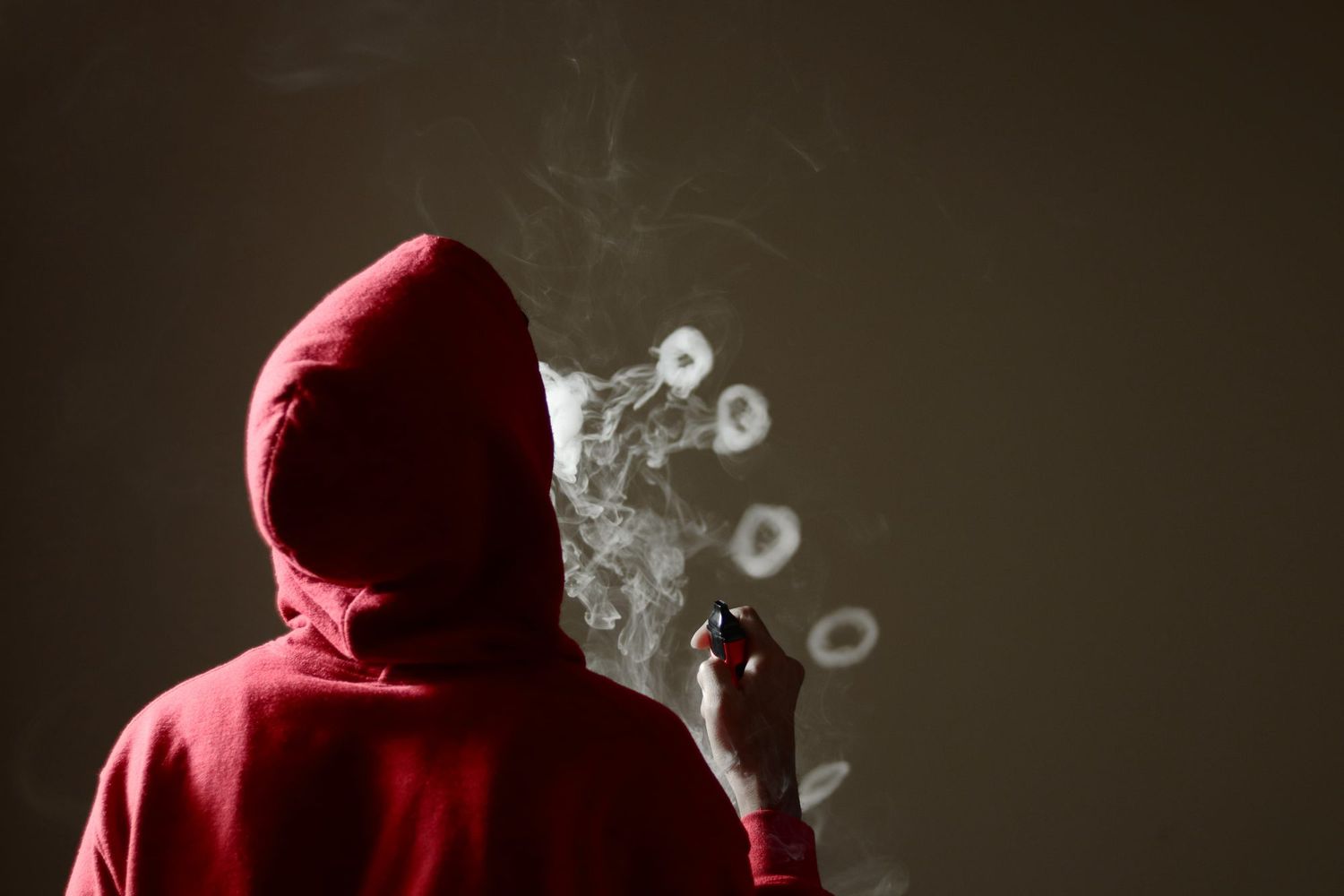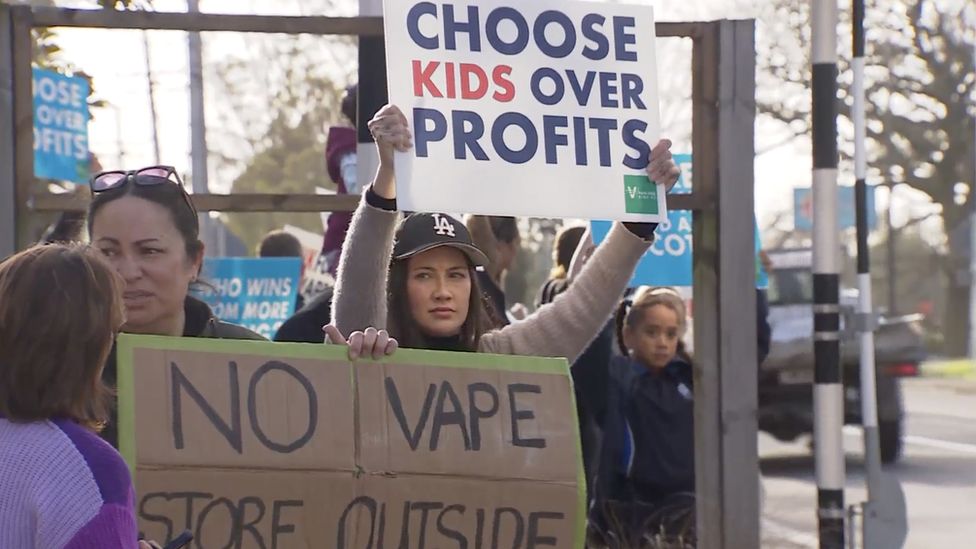New Zealand is on track to achieve smoke-free status by 2025. This includes abstaining from cigarettes and tobacco, which is where vaping comes in. Long-term adult smokers regard it as a less dangerous alternative, but the downside is the exponential rise and accessibility of vaping to teenagers and, in some cases, younger children.
According to data released last year, the number of New Zealand youths who vape on a regular basis increased between 2019 and 2021.
The government has defended vaping, claiming that there is mounting evidence that it can help people stop smoking. However, it has recognised the dramatic increase in young vaping and has introduced new measures.
The new restrictions prohibit the sale of most disposable vapes, prohibit the establishment of new vape shops within 300m (900ft) of any schools, and require generic taste descriptions. However, there are no standards in place to govern the huge array of flavours themselves.
According to high school head Vaughan Couillault, vape pens have become a trend among pupils.
Vaughan Couillault, head of South Auckland’s Papatoetoe High School and president of the Secondary Principals’ Association of New Zealand, keeps a number of confiscated vape pens in his office.
“Strawberry ice cream,” one of the labels on a disposable vape that resembles red lipstick reads. “Pineapple ice” is another flavour that appears to be a bright yellow lighter. “‘Pineapple ice’ does not target someone who has been smoking for 30 years,” Mr. Couillault explained.
He has seen firsthand how schools have become the hub of vaping, most of it geared at children.
“It’s a lifestyle item.” They’ll keep their phone in one pocket and their vape in the other. It’s stylish. It appears to be modern. “Some brilliant work has been done in terms of product and marketing,” he remarked.
“However, it is not assisting young people. It may be helping individuals quit smoking, but far too many young people who would never have picked up or considered picking up a cigarette now have two or three vapes,” he added.
This is currently the preferred habit of millions of young people all over the world.
“At school, there are probably more teens who vape than do not, and they crowd the bathrooms,” Coco added. “And when the colourful vape juice flavours came out, that just got every kid on it.”
Marni Wilton noted that many vape shops have lately opened in her Auckland area near her sons’ schools.
“Whichever gates the kids come out of, there’s a vape shop,” she explained, pointing to an establishment about 60 metres from a primary school.
Marnie Wilton, co-founder of Vape Free Kids NZ, told the BBC, that the new laws do not go far enough to assist children. Ms Wilton, like many mothers, is concerned about the prevalence of vaping. She co-founded Vape Free Kids with other concerned parents.
“This absolutely does not go far enough to help our children,” Ms Wilton said of the new government laws.
“There are now over 7,500 vape shops in New Zealand.” The new laws have no effect on current stores. “So many are near our schools and playgrounds – they’re in those safe spaces,” she adds.
Australia has adopted a tough stance, moving to prohibit recreational vaping and restrict it to prescription only.
Ben Youdan, who has worked in tobacco control and lobbying for nearly 20 years in both the UK and New Zealand, believes that prohibiting vaping sends it to the underground market rather than getting young children off it.
“Whether you ban it or not, it’s a phenomenon that happens,” he remarked.
According to experts, the vaping industry is targeting young people with colourful vape pens and a variety of flavours.
Mr. Youdan is currently the director of Ash NZ, a lobbying organisation that advocates for a smoke-free New Zealand. He stated that when considering vaping, one should keep the overall picture in mind.
“There’s no doubt that tens of thousands of people switching from smoking to vaping have had a significant impact on our smoking rates.” In the previous two or three years, smoking rates in this area have dropped by a third. “It’s truly unprecedented,” he says.
Mr. Youdan stated that the “explosion of the vape market” was a byproduct of this.
“We’ve seen a lot of vape shops that are more concerned with’making money quick’ than with responsibly assisting adult smokers to quit smoking.” “We allowed it to happen because we were far too slow to regulate the vaping market,” he claimed.
He went on to say that while some teenagers have become vape-dependent and need to be treated, there is a wide range of teens who are also experimenting. “Not all kids are addicted,” he pointed out.
It’s becoming increasingly difficult to find a compromise between parents and families who want to see fewer children vaping and governments that want to see fewer people smoking.
One thing is certain: what began as a substitute for cigarettes has now become its own problem.
Police Officer Demands 60K From Chinese Tourist for Vaping








